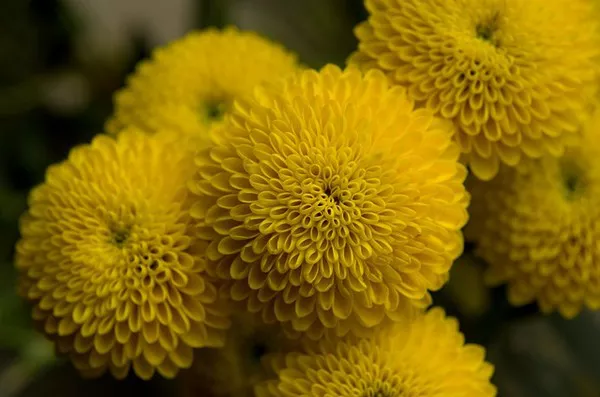In the intricate tapestry of Earth’s ecosystems, few relationships are as vital and harmonious as that between flowers and bees. Bees, those industrious and diligent insects, play an essential role in the pollination of countless plant species, fostering biodiversity, sustaining food chains, and ensuring the reproduction of both wild and cultivated flora. This article delves into the remarkable partnership between flowers and bees, shedding light on the wide array of flowers that these remarkable pollinators assist in fertilizing.
The Bees’ Vital Role in Pollination
Pollination, the process by which pollen from a flower’s male reproductive parts (anthers) is transferred to its female reproductive parts (stigma), is a fundamental mechanism of plant reproduction. While some plants can self-pollinate, many rely on external agents, such as bees, to facilitate cross-pollination, which enhances genetic diversity and leads to healthier and more robust plant populations.
Bees are among the most efficient and effective pollinators due to their unique foraging behavior. As they search for nectar to feed on, bees inadvertently transfer pollen from one flower to another, fertilizing the flowers in the process. This fertilization enables the production of seeds and fruits necessary for the continuation of plant species. The close relationship between flowers and bees has resulted in fascinating adaptations on both sides, creating a mutually beneficial partnership that has stood the test of time.
Diversity in Floral Partnerships
The spectrum of flowers that bees pollinate is vast and diverse, ranging from wildflowers in natural ecosystems to agricultural crops in managed landscapes. The wide variety of flowers that bees interact with underscores the pivotal role they play in maintaining ecological balance and supporting food production.
Wildflowers and Native Plants
In natural habitats, bees are vital for the pollination of a multitude of wildflowers and native plants. These plants often exhibit intricate relationships with specific bee species, with certain bees evolving to be particularly effective pollinators for certain flower shapes and sizes. For example, bumblebees, with their robust bodies, are well-suited to pollinating flowers with deep corolla tubes, such as bluebells and red clover. Honeybees, on the other hand, efficiently pollinate a wide range of open-faced flowers like daisies and asters.
Fruit-Bearing Trees and Shrubs
Bees also contribute significantly to the production of fruits and nuts that are staples in human diets. Orchards filled with apple, pear, cherry, and almond trees depend on bees for successful pollination. These trees offer bees both nectar and pollen, making them attractive foraging sites. As bees move from flower to flower, they transfer pollen, which stimulates fruit development and eventual seed production.
Agricultural Crops
Agricultural ecosystems rely heavily on bee pollination to ensure bountiful harvests. Crops such as strawberries, blueberries, watermelons, cucumbers, and tomatoes depend on bees for efficient pollination. Without bees, the yield and quality of these crops could be severely compromised, impacting global food supplies and economies.
Challenges to Bee-Flower Relationships
Despite the robustness of the bee-flower relationship, this partnership faces significant challenges in the modern world. Habitat loss, pesticide use, climate change, and disease have all contributed to declining bee populations in recent years. The decline of bees has the potential to disrupt the delicate balance of ecosystems and threaten global food security.
Conservation Efforts and Future Outlook
Recognizing the critical role that bees play in pollination, conservationists and researchers are actively working to protect bee populations and their habitats. Efforts include creating pollinator-friendly gardens, establishing protected natural areas, and advocating for responsible pesticide use. Additionally, scientific research into bee behavior, genetics, and health is crucial for understanding and mitigating the factors contributing to bee declines.
Conclusion
In the intricate web of life on Earth, the partnership between flowers and bees stands as a testament to the beauty and complexity of nature. Bees, with their innate pollination abilities, are essential for the reproductive success of a vast array of flowers, ranging from wild blooms to vital agricultural crops.
As we continue to navigate the challenges posed by environmental changes, it is imperative that we strive to protect and preserve these invaluable pollinators. By understanding the intricate dance between flowers and bees, we can work together to ensure a future where both thrive, and the world remains adorned with the vibrant colors and bountiful fruits of their enduring collaboration.


